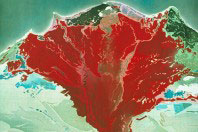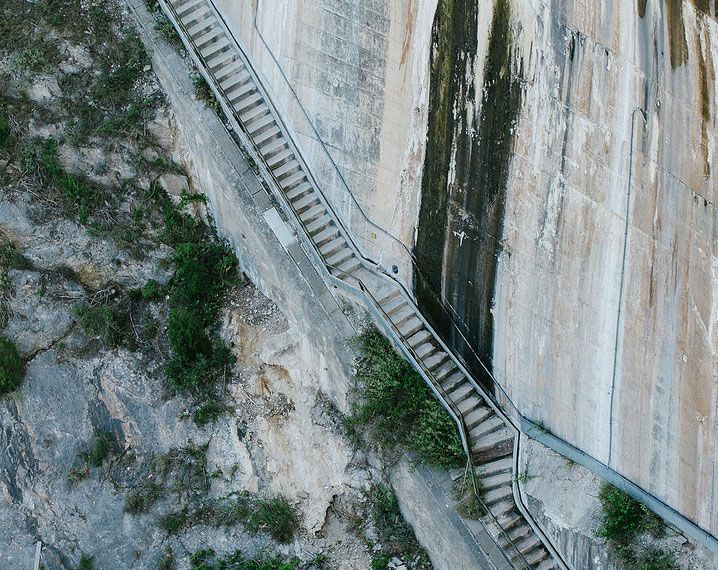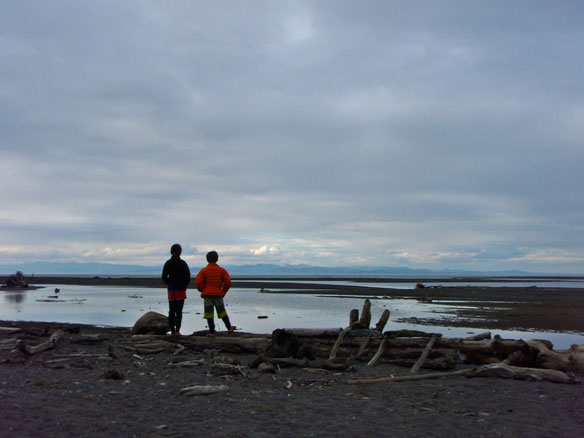Dams – Cutting off our Beach Sand; By Gary Griggs

The total amount of beach sand trapped behind all of California’s coastal dams totals about 200 million cubic yards, or a line of dump trucks bumper to bumper stretching completely around the world nearly four times. “Dams – Cutting off our Beach Sand” is excerpted from “Our Ocean Backyard- Collected Essays, ” a book by Gary Griggs.
Protect the World’s Deltas

The rich delta ecosystem and the services it provides, storm protection, nutrient and pollution removal and carbon storage, are being destroyed. Worldwide deltas are on course to drown, starved of sediment by dams and dikes, and fragmented by economic development. Rising seas compound the sediment crisis.
EU Takes Legal Action Against Controversial French Dam

The European commission has sent France a final notice to explain how it can reconcile EU environmental law with a proposed dam project that sparked riots.
Hydropower: Huge Source of Methane Emissions

Reservoirs and hydropower are often thought of as climate friendly because they don’t burn fossil fuels to produce electricity. But what if reservoirs that store water and produce electricity were among some of the world’s largest contributors of greenhouse gas emissions?
Large Dams Just Aren’t Worth the Cost

Thayer Scudder, an emeritus anthropology professor at the California Institute of Technology and the world’s leading authority on the impact of dams on poor people, describes his disillusionment with dams.
Timelapse Of The Removal Of Glines Canyon Dam on the Elwha River, Video

Timelapse of the removal of Glines Canyon Dam on the Elwha River in Olympic National Park. The largest dam removal in history is complete.
A Flood of Energy Projects Clash with Mexican Communities

Since January, villagers and townspeople near the Los Pescados river in southeast Mexico have been blocking the construction of a dam, part of a multi-purpose project to supply potable water to Xalapa, the capital of the state of Veracruz.
Tropical Dams: Ebullition Causes Methane Emissions Considerably More Powerful than CO2

For the first time, methane emissions by ebullition from tropical reservoirs have been accurately quantified.
Experiencing The Rebirth Of A River

“The first thing we noticed was the amazing clarity of the water. Opponents of the dam removal predicted the river would be constantly dirty with sediment for years to come, and yet, even just days after blowing the last of the upper dam, we had at least eight feet of gorgeous, blue-green-tinted visibility…” By Dylan Tomine.
